To begin this conversation, let me break down what we do know from archaeological evidence about garment embellishment:
We know that they had tablet woven bands.
There are dozens of band fragments from many areas ruled by the Vikings. Scandinavia, Ireland, York, Iceland even further east to places such as the Ukraine all have ample evidence of the use of tablet weaving. Most of these bands were brocaded, rather than the simple threaded-in patterns you commonly see used by reenactors. I have seen no evidence at all of decorative bands that use a method of simplistic 4 forward, 4 backward style of turning to create basic patterns such as diamonds. Rather, the patterning in most examples was created by brocading, a hand manipulating technique that produces an intricate design on the surface of the band, often executed with metallic thread (typically hammered silver or gold, or hammered metal wrapped around a silken core).
It is important to remember that there were only decorative bands found in less than 5% of graves, making even this type of treatment quite rare.
Most bands were less than a half an inch wide and were woven from silk, or a warp of half silk and half linen with the linen never showing on the surface. This allowed the weaver to use less of their costly silk while still creating a luxurious band. Wool has also been found as tablet woven bands.
- Use narrow bands (most finds were half an inch or less)
- Stick to silk, wool or linen when possible (or cost saving substitutes such as tencel for silk), and use very fine rather than thick threads
- Use brocading techniques to create motifs on the band or explore other methods of patterning done in period
- Choose your colors based on those available with natural dyes
- Only apply silk tablet woven bands to garments made from high quality textiles
- Opting to only use bands on a small portion of your kit, rather than decorating every available edge with a band, as the finds were rare
Part 2 can be found here: http://awanderingelf.weebly.com/a-wandering-elfs-journey/viking-embellishment-and-embroidery-part-2




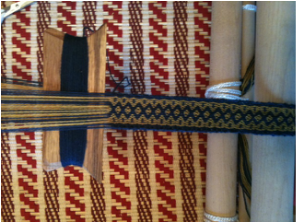
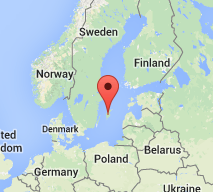
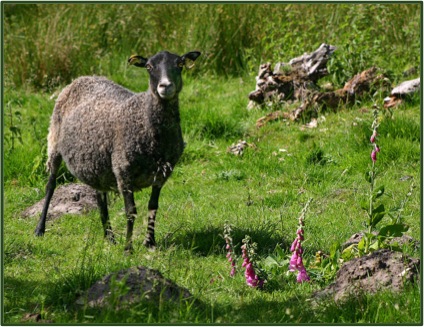
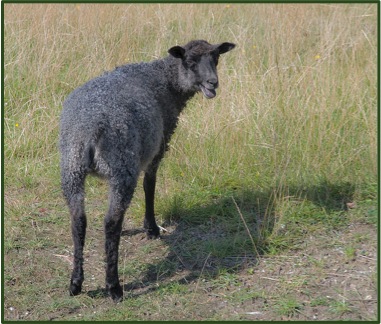
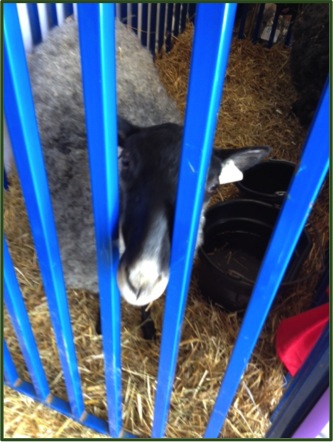
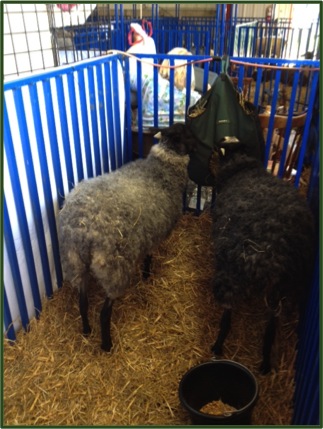
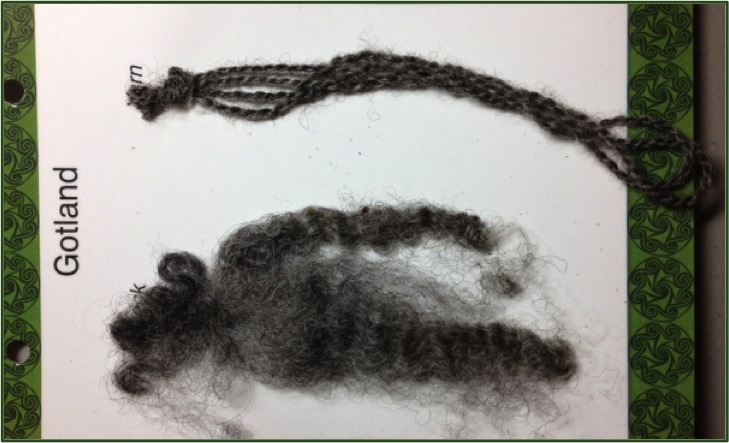
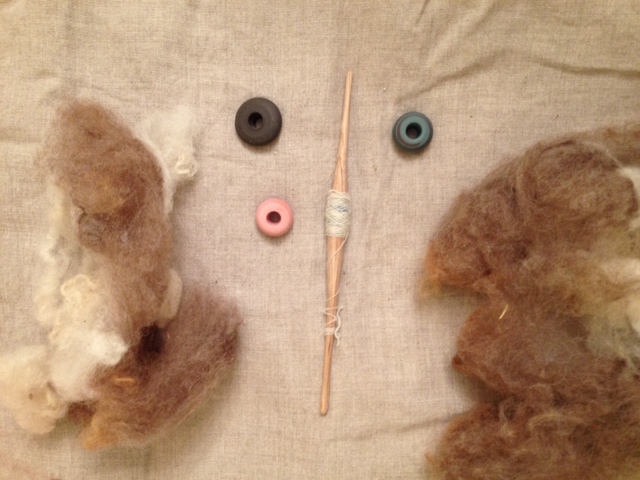
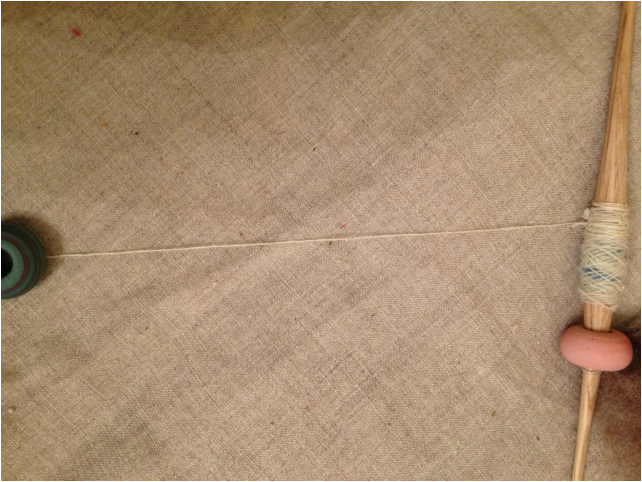
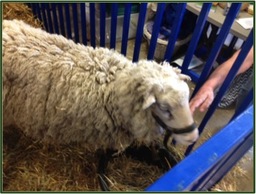
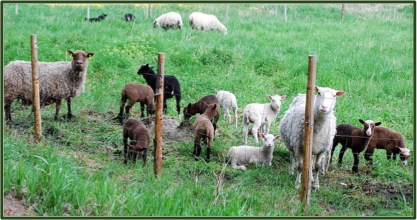
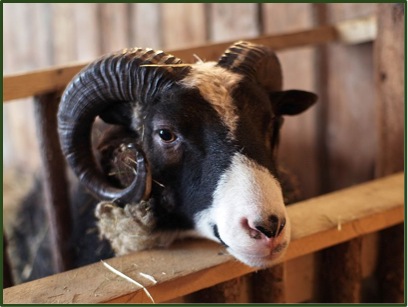
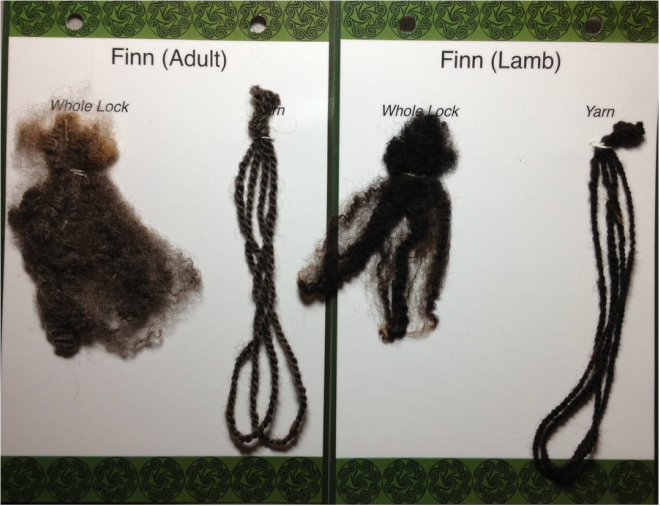
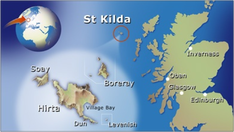
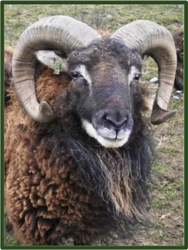
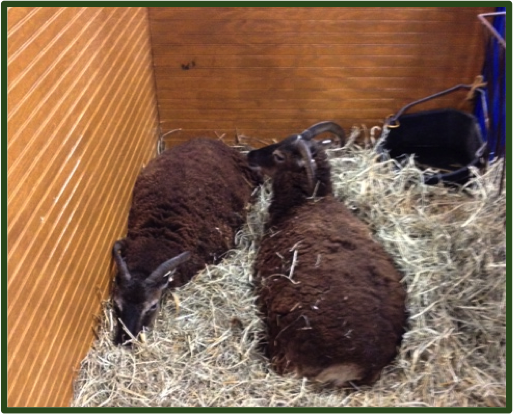
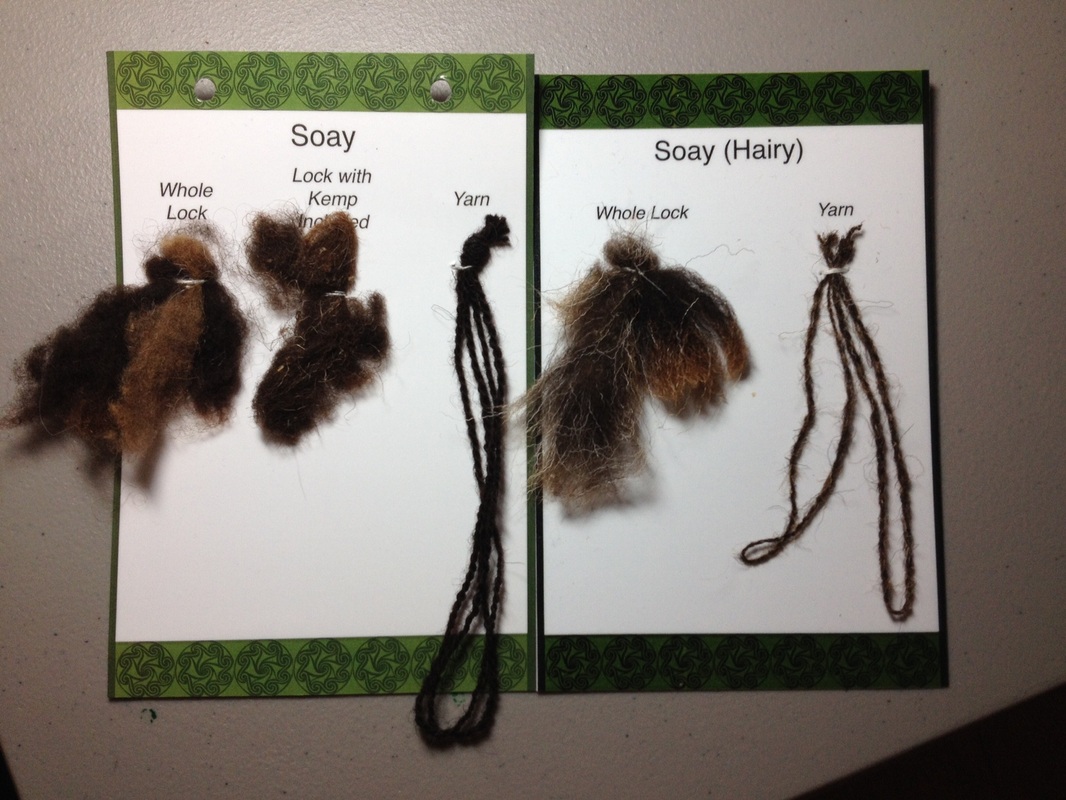
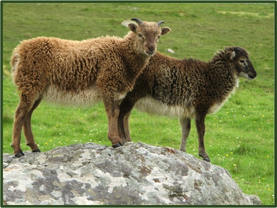
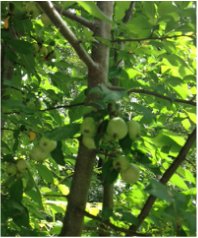
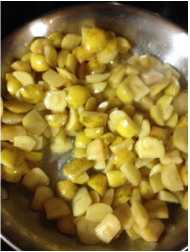
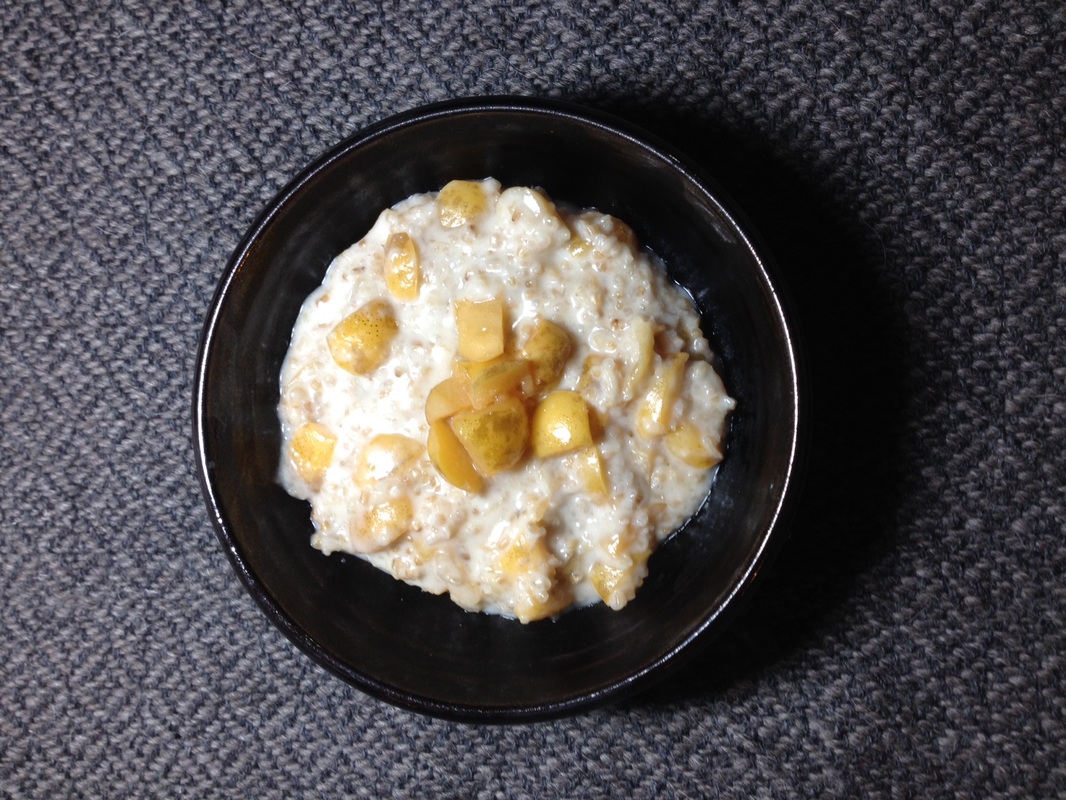
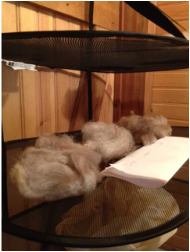
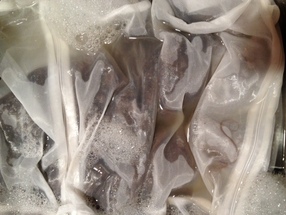
 RSS Feed
RSS Feed